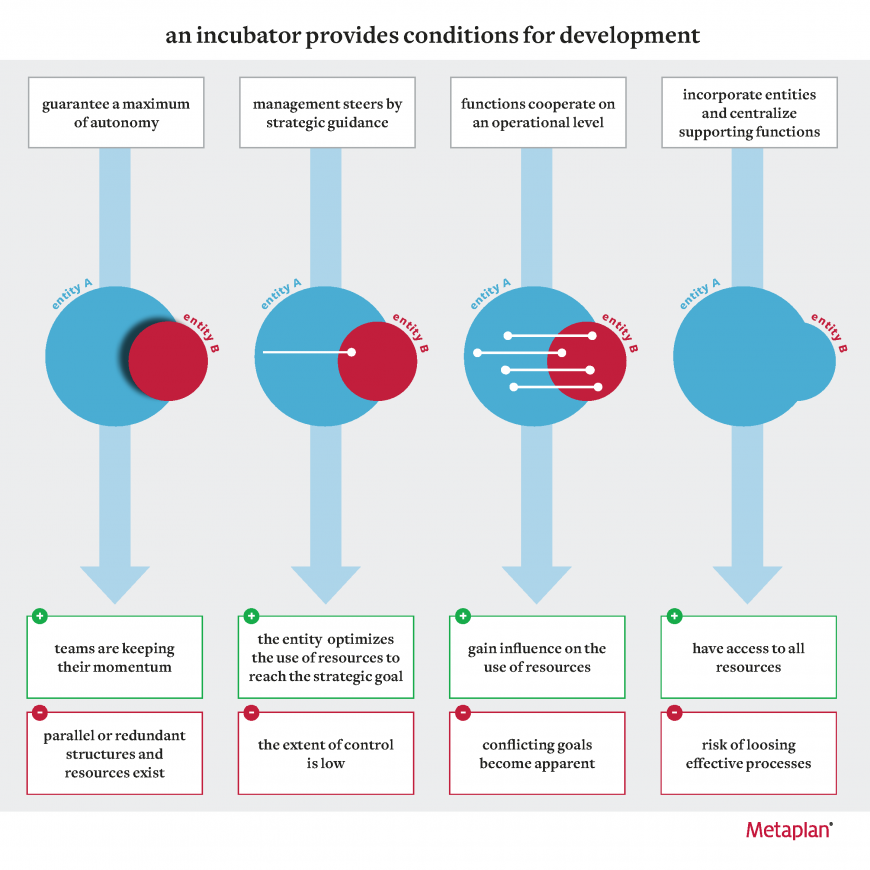How to Mine Organizational Culture for Treasure and Preserve the Bounty.
Mergers and acquisitions can be powerful tools for boosting the economic success of companies. But the outcomes of these deals are determined long after managing board members have signed the papers and celebrated their success. It falls to leadership teams and middle management to design and execute the day-to-day details of integration—and to grapple with the associated challenges.
In a merger, a core integration team determines the overarching organizational design and initial steps, but this plan leaves plenty of room for customization of organizational structures, such as the intradepartmental chain of command. The stakeholders responsible for the minutiae of integration—from leadership teams to team leads to intraorganizational peers—must also set the direction for organizational culture.
These stakeholders must contend with profound challenges. In theory, each organization’s business continues to run as normal until day one of the integration, but in reality the execution of daily business is quickly disrupted by paralyzed resources and preoccupied staffers. Amid such insecurity and instability, integration stakeholders must shape their teams’ future prospects, while some also strive to expand their resources and sphere of influence.
The Incubator Model
Facing these conditions, stakeholders either leave the organization entirely or find themselves playing micropolitical power games. In order to pave the way for a successful post-integration business, they must find ways to engage their peers and encourage them to remain.
In effect, this resilient cohort of stakeholders functions as an incubator. In the process of acting in their own self-interest, these key players create tailored conditions that preserve the power of the merging teams and at the same time have the potential to boost synergy between the two entities.
This incubator functionality has the benefit of guiding key stakeholders on the hunt for treasure in the organizational cultures of both merging companies. It also helps uncover the pros and cons of preserving—or abandoning—existing systems and processes, both on the team level and at a larger scale.
Mining Organizational Cultures for Treasure
A merger presents a profoundly valuable opportunity to hunt out the most valuable elements of two organizational cultures and to benefit from the best of each. The starting point of this treasure hunt must be to identify the practices of teams and departments which made their work smooth and successful. These habits are embedded both in formal structures and informal culture.
Typically, organizations emphasize the value of formal processes, but we would argue that the informal routines that provide a handy way around formal rules are often where an organization’s most valuable treasure can be found. Due to their very nature, the underlife and hidden culture of an organization can only be explored through close observations and conversations with intraorganizational peers. Stakeholders are best served by using unofficial meetings and chats over coffee to figure out the essentials that need to be preserved.
An Incubator Provides Conditions for Development
Stakeholders within such an incubator-style setting may wish to consider four models of levels of integration and their pros and cons (see image below).

This framework reminds us not to think of an acquisition as a one-way street. It is a common mistake for one organization to attempt to fully integrate the other. The homogenization that comes with such an effort can eliminate the very qualities that made entities and teams successful in the first place. On the other hand, if organizations are given too much autonomy, redundant structures can slow processes and drain resources. Steering a team or department by setting strategic goals doesn’t offer managers much control of how things are done, but it does enable the team or department to carry on working the way it did.
Balancing this trade-off prudently is the most challenging leadership task on all levels of an organization undergoing integration.


